12 Best Places and Beaches to Visit in the Valencian Community
The Valencia region includes a fragment of the east coast of Spain with popular holiday resorts. Its main cities are Valencia and Alicante, and inland are mountain ranges that allow active tourism.
The Valencia coast is divided into three parts: Costa del Azahar, Costa de Valencia and Costa Blanca. The beaches are covered with light, fine sand, and the most important resorts are Benidorm, Vinaros, Denia and Peniscola. The coastal waters are suitable not only for swimming, but also for diving. Along the coast there are also many marinas to which yachts and boats can call.
The capital of the region is Valencia, a city located by the sea and being an important port. Many monuments from the Spanish colonial period have been preserved. The local Silk Exchange from the 15th century with a magnificent Gothic Column Hall was added to the UNESCO list. Valencia is also looking into the future, and the City of Arts and Sciences with show halls, a science center, and a planetarium in ultramodern, futuristic buildings is an expression of this.
The second important center is Alicante, with the nicely preserved old town, the castle of St. Barbara and numerous museums. Sagunt, Xativa with a castle built on the rocks, located on the rocky islet of Peñiscola and Guadalest, in which you can see the Moorish castle, have historic character among the villages of the region.
1.City of Arts and Sciences

City of Arts and Sciences
The district of Ciudad de las Artes y las Cłatyas, covering an area of 350,000 square meters, consists of a cultural and entertainment center, a planetarium, an IMAX cinema, the Science Museum and a complex of modern avant-garde buildings. The El Palau de les Arts Reina Sofía building is famous for its concerts, recitals and performances, which are often organized there.
The L’Umbracle building has a huge duplex parking lot and a garden presenting various flora. The modern L’Oceanogràfic aquarium is worth visiting, which presents 13 different ecosystems and about 500 species of animals. In the district you can use the services of numerous restaurants, pubs, cafes and shops.
The complex was designed by the famous Spanish architect Santiago Calatrava, whose intention was to create a peculiar city in the city. It was put into use and publicly opened in 1998, since it enjoys great popularity and interest.
2.Oceanogràfic

Oceanogràfic
There are about 500 species of animals in the Oceanarium in Valencia. Japanese Pacific crabs, sea lions, penguins, walruses, dolphins and Arctic beluga. The oceanarium building was erected in a dry riverbed of the Turi River, it is the largest facility of its kind in Europe. There are several thematic zones here, which show aquatic fauna from various regions of the world (Arctic, Mediterranean, Red Sea, etc.).
3.Valencia Bioparc

Valencia Bioparc
Established in 2008, the zoo is a flat of around 4,000. animals from all over the world, the African fauna is particularly well represented. The name Bioparc refers to a specific way of building enclosures for animals: instead of cages, moats or barriers, partitions referring to the natural environment were used: rivers, ponds and rocks.
4. Valencia Cathedral

Valencia Cathedral
La Seu de València is a historic cathedral erected in the Gothic style. Its facade also has baroque, renaissance and romanesque architecture features. It is famous for the Chapel of the Chalice, in which, according to beliefs, a cup is stored, from which Jesus consumed wine at the Last Supper.
5.Valencia Bullring
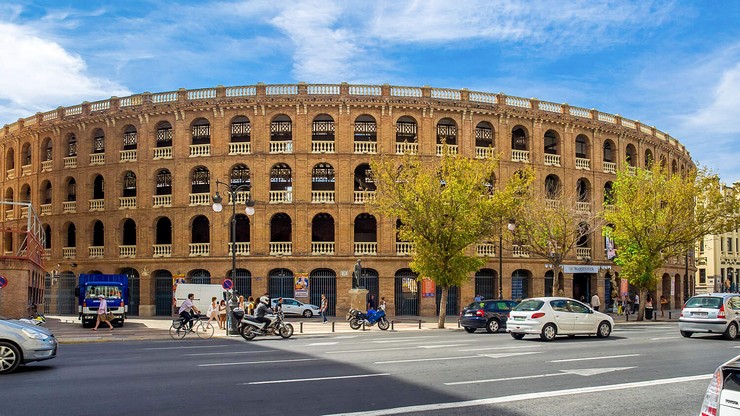
Valencia Bullring
Plaza de Toros de Valencia, i.e. the bullring is from the first half of the 19th century. The design of the building was inspired by Roman architecture. at the Colosseum. The arena was designed by Sebastia Monleón Estellés.
6.Silk Exchange
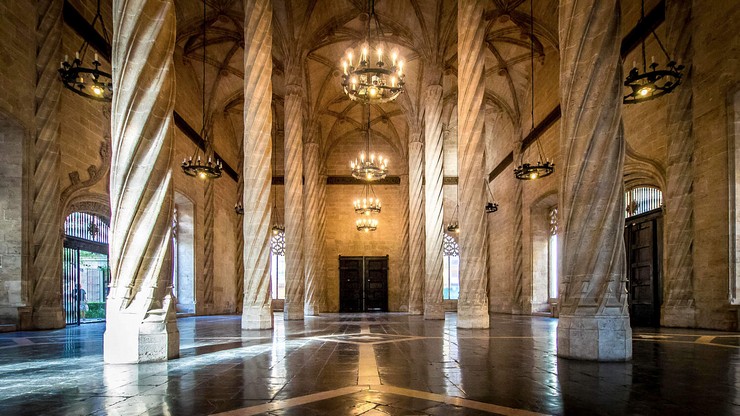
Silk Exchange
The Gothic Llotja de la Seda building is also known as the Silk Exchange. It has been on the UNESCO World Heritage List since 1966. Visitors can visit the rich interiors of the building with the original layout of the rooms, gilding and marble floor.
The magnificent column hall with spiral columns was intended to complete the purchase of goods. In the side wing you can see the rooms where the Maritime Tribunal, Commercial Court and the Consulate of the Sea were located. Noteworthy is also the tower, in whose basement there is a chapel, and whose upper floors served as a temporary prison.
The building was built in the 15th century according to the design of Pere Compte and Joan Ibarr. It was a point intended for trade in goods from sea expeditions. It was the best place to buy or sell silk in the Mediterranean.
7.Royal Gardens
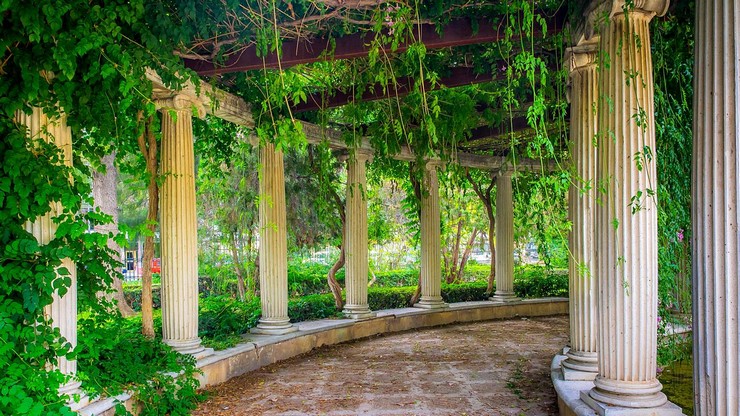
Royal Gardens
The Jardins del Reial public park, also known as the Jardins de Viveros, is a good place to stroll among the greenery without leaving the city center. The remains of the royal palace from the 19th century are an attraction on their territory.
In the spacious park you can see a variety of vegetation from different parts of the world. The most common are banana trees, agaves, citrus trees, cacti, ferns, coconuts, pines, ficus, rhododendrons, firs, palm trees and numerous flower beds.
Gardens have existed here since the 16th century. Initially, they surrounded the Aranjuez palace. Later, the area was a school for agricultural students. In the 20th century, cleaning and landscaping work on the gardens was underway, after which they were put into public use.
8.Santa Barbara Castle
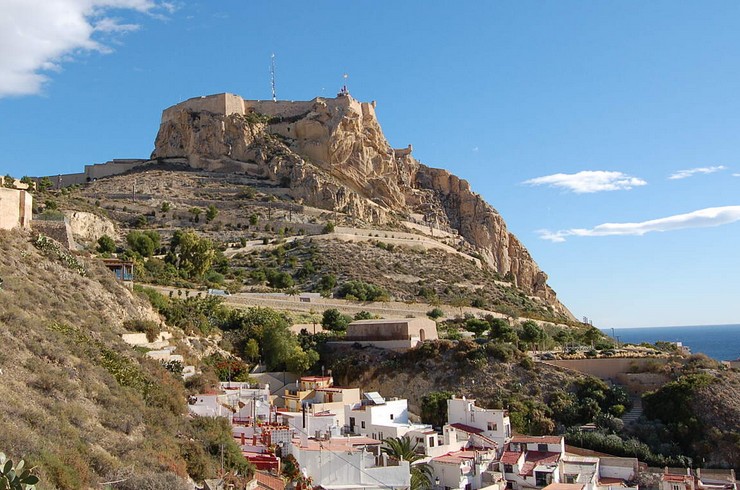
Santa Barbara Castle
Santa Bárbara Castle is located on a raw, high rock bordering the sea. The castle is surrounded by a park, which in its present shape has only existed since the beginning of the 21st century. The castle courtyard can be reached by elevator from the city level. Visitors can see the remains of the castle and the well-kept garden.
The castle was built around the ninth century for typically defensive purposes. Initially it belonged to the Moors. In the thirteenth century it was reflected by the army under the command of Alfonso X. The name of the castle comes from the name of Saint Barbara, who was the patron of the day on which it was taken over by the Castilian forces.
In the eighteenth century, the building began to be used as a prison. In the second half of the twentieth century, its tourist attractions were noticed and the object was opened to visitors
9.Archaeological Museum MARQ

Archaeological Museum MARQ
Museo Arqueológico de Alicante Marq, or the Archaeological Museum of Alicante, presents a rich collection on Iberian and Roman culture, focusing on different periods and stages of their development. You can visit the room with a prehistoric exhibition, which shows the earliest traces of human life in this area (from the Paleolithic), as well as a hall of contemporary culture. The museum is located in the building of the old San Juan de Dios hospital.
10.Balcón del Mediterráneo
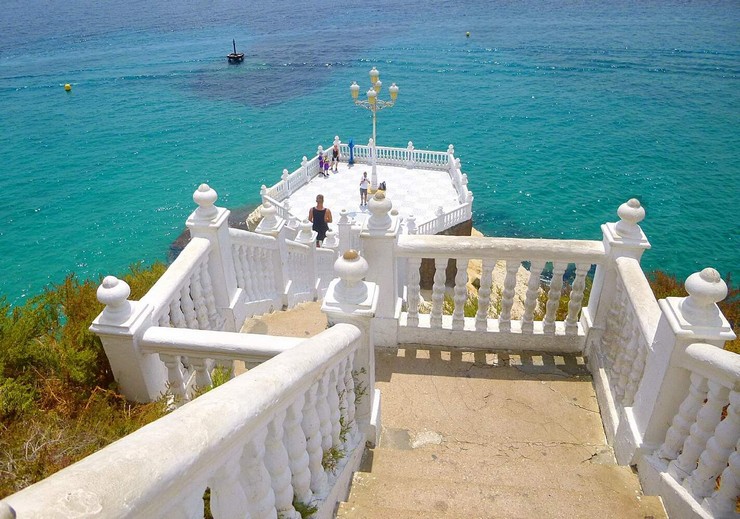
Balcón del Mediterráneo
From the place where a beautiful castle once stood, today you can admire the views of Platja del Miracle, the ancient Roman amphitheater and the blue sea. It is worth going down the stairs to the unusual balcony located on a high cliff, 40 meters above the water surface. Apparently, touching the white balustrade brings good luck.
11.Ponent Beach
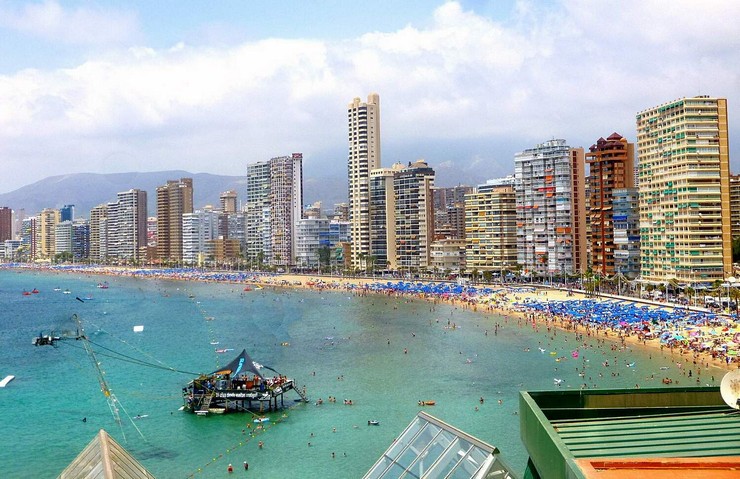
Ponent Beach
Sandy city beach, where you can relax in the shade of palm trees and take advantage of the offer of bars and restaurants, there are also public toilets. Willingly visited by families with children.
12.Levante beach
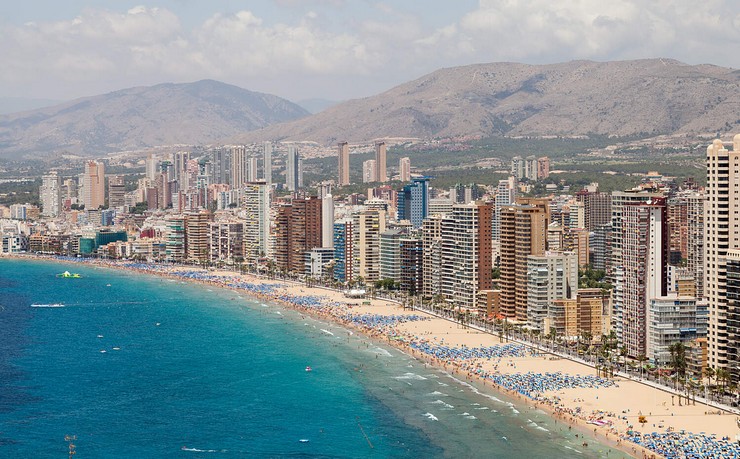
Levante beach
The beach was created as a result of the reconstruction of the waterfront, after removing cement blocks. Today, it is a place often visited by tourists, where you can relax on soft sand, on the west side there is a volleyball court.